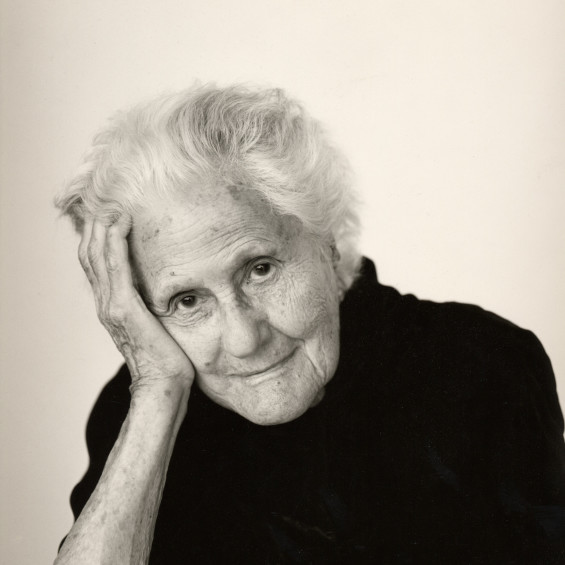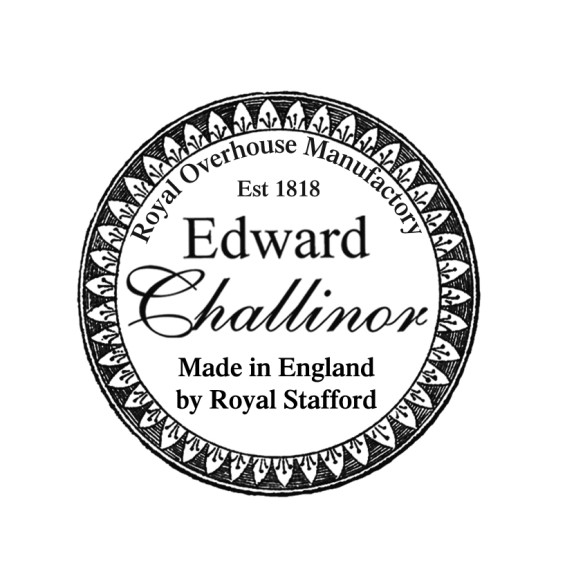

Eva Zeisel
Eva Zeisel died in 2011, aged 105. Her story is one from tales of triumph over adversity and her legacy is one which will live on as each new generation takes inspiration from her designs.
Eva was born in 1906 in Budapest. At eighteen, Eva enrolled at Budapest’s Royal Academy of Fine Arts to become a painter but left after eighteen months. She then enrolled as an apprentice with a local potter making her the first woman member of “The Hungarian Guild of Chimney Sweeps, Oven Makers, Roof Tilers, Well Diggers and Potters”. At twenty-one, Eva got her second position at an art pottery in Germany but her throwing was not proficient enough so after six months she returned to Budapest.
In 1928, she applied for a job at one of Germany’s best known factories ‘Shramberger Majolika Fabrik’ in the Black forest and the geometric shapes she designed were starting to be exported mainly to America. A major influence on her work was the modernist architecture of the time and the designs of the Bauhaus students.
It was whilst living in Berlin that Russian culture and folk art were extremely popular, Eva’s enjoyment led her to visit Russia in 1932. A boyfriend, Alex Weissberg was already working as a physicist and obtained a visa for Eva by saying they were ‘engaged to be married’.
Eva first worked at a local factory run by the Ukrainian China and Glass which resulted in a job and Eva being sent to visit ceramic factories across the Ukraine. Six months later she was transferred to the Lomonosov Porcelain Factory near St Petersburg where she worked with the artist Nikolai Suetin and then in 1934 to Dulevo near Moscow, then the second largest ceramic factory in the world. At age 29, Eva was made Artistic Director of the China and Glass Industry. She was tasked to come up with a standard service to be used throughout the Soviet Union but before completion the idea was scrapped. Eva also married Alex Weissberg.
However, in May 1936, Eva was arrested in Moscow for conspiring to assassinate Stalin. Her success had brought her many enemies and for sixteen months she was incarcerated in various prisons, held in solitary confinement and interrogated. However, on September 17th 1938, believing she was to be executed; she was repatriated to Vienna due to the efforts of many of her influential contacts. Six months later, as Hitler moved into Austria through the ‘front door’, Eva escaped through the ‘back door’ to England where she met up with an old boyfriend she had met in 1931, during her time in Berlin. Already divorced, they married in 1938 and sailed to New York.
In America, one of her first contacts was the Bay Ridge Company in New Jersey to design a line of Giftware. Working out of a room on the Pratt Institute campus, her work was recognised and the Institute asked her to prepare a course on ceramic design. This was the first time ceramics were dealt with as ‘Industrial Design’ as opposed to ‘Arts and Crafts’.
In the early 1940s, Eva was approached by the Museum of Modern Art (MoMA) to design the first ‘all white china service’ in the States. Working with Castleton china and delayed due to the Second World War, it wasn’t until 1946 that MoMA exhibited the collection and the reaction cemented Eva’s role as one of the leaders in modern ceramic design. Many commissions followed for famous department stores and Eva worked with a number of important manufacturers.
Royal Stafford worked with Eva using the original block moulds to re-create items from the Classic and Century shapes first designed in the 1950s. The Classic Century range, manufactured by Royal Stafford, was born.

Edward Challinor
Edward Challinor was born on 18th July 1792. Edward Challinor began in business on his own account at Overhouse Pottery, Burslem, which he bought in 1819.
In 1869, the old works were entirely taken down and Challinor had built a new and extensive manufactory with all the latest improvements of machinery and appliances, the jiggers all being driven by steam-power and the drying stores heated by exhaust steam. The factory built in 1869 is the home of Royal Stafford today. The Edward Challinor collection is designed and made in his honour.
